Table of Contents
Introduction
Teased at CanJam NYC earlier this year as the mysterious “K9”, the 64 Audio finally makes its appearance.
Now you have have already noticed the provided specifications of the Nio are eerily similar to an existing product, the N8. Well, even calling it “similar” would be an understatement; they are identical.
- Driver configuration: “1 tia high, 1 high-mid, 6 mid, 1 dynamic low” with “4-way crossover”
- Frequency response: 10Hz to 20kHz
- Sensitivity: 105dB/mW
- Impedance: 6Ω @1kHz
Exactly the same between the two, straight from the horse’s mouth. So case closed right? Just refer to my N8 review and call it a day? Not quite.
As some may already know, I’ve had issues with my own (personally purchased) N8 for a very simple reason: what I got didn’t match the universal demo that I listened to. The difference was night and day and ultimately a complete downgrade, and so I was disappointed and left wanting for the true N8: the N8 in that universal shell.
Now, it seems that 64 Audio has delivered with the Nio. Seemingly, the now commercially-available universal variant of the N8. So now there’s a different kind of fear: is the Nio going to be the N8 universal demo? Or is it going to be the universal version of the N8 custom?
Product page: https://www.64audio.com/products/nio
MSRP: $1,700
Driver configuration: 8BA + 1DD hybrid
This Nio was kindly provided by 64 Audio.
Signature & Tonality
Not sure how to read graphs? Click here
Comparison courtesy of the Graph Comparison Tool
The Nio has two distinct “personalities”; on the m15 or m20 module, the Nio is bassy though balanced from the midrange-upwards, so can be classified as simply “neutral with bass boost”. On the mX module the Nio takes on a more conservative presentation in the bass, becoming more in line with what most would consider as “neutral”, perhaps edging on “warm neutral”.
With the m15/m20 module, the signature is clearly more appealing to the original “Nathan East” crowd, being far more focused towards the lower frequencies though perhaps at the expense of clarity in the midrange. The bass is right up at the edge of bleeding over, and while not to the extent of other notable “high-end basshead IEMs” like the Empire Ears Legend X, it’s not exactly the cleanest sounding boosted-bass that I’ve heard.
On the mX module, the Nio’s bass get knocked down by quite a large extent. Clarity gets a significant boost overall and so the Nio takes on a more “reference” kind of sound. While the signature from the midrange and up doesn’t exactly change, the “mX Nio” is effectively a different IEM all of its own and should be treated as such. It’s a more… refined signature (at least in comparison to the m15/m20 Nio) that is less coloured though with a slight tilt towards warmth. It’s a well-balanced tonality that sacrifices some of the raw bass impact for a more natural listen, and it’s pretty neat that one gets the choice between the two.
A potential issue: some may find the relative 5kHz peak add some intensity into the mix. I don’t personally consider it a dealbreaker but I’d be remissed if I didn’t mention it at least once. That and the rather unique-sounding “64 Audio tia treble”, which some may find sounds a little strange or emphasised/dipped in uncommon regions.
To answer the burning question on whether or not the Nio is the N8 universal demo, the simple answer would be “yes, more or less”.
Or, at the very least, the Nio is far closer to the N8 universal demo than the N8 universal demo is to the N8 custom. Which is an important point to note, considering that the N8 is only available in custom form, and as such the N8 universal demo is unfortunately not a realistic representative of what the custom sounds like. If you liked the sound of the N8 universal demo and wanted to purchase one, the Nio would be a better bet than the actual N8 itself.
I’ve talked about this at length in both my N8 Technical Breakdown article and my casual ramble on camera, so I won’t repeat what has already been said. The Nio and the N8 are separate models with very different signatures, and while I have many issues with the custom N8 (particularly with the “dirty” bass boost), the Nio is one of the best tuned hybrid IEMs that I’ve had the pleasure of listening to.
Tone grade: S
For more information on the grading system, click here
Technicalities
The main issue I see with the Nio’s technical ability largely lies with the implementation of its dynamic driver. I’ve said it before; while the Nio’s (which should be exactly the same as the N8’s) dynamic driver is relatively competent for frequencies in the sub-bass region, it tends to fall apart from the mid-bass up.
The Nio has great texturing in the sub-bass frequencies but doesn’t have the sharpness nor definition in the mid-bass, resulting in rather pillow-y and soft hits. Definitely not the most technical bass out there and so this is arguably the Nio’s biggest weak point, and potentially dealbreaker for those bassheads looking for the highest possible bass quality in their IEMs.
That said, resolution on the Nio from the midrange up is very capable still. Once the “problematic” bass is reduced via the mX module, the full capabilities of the Nio are put on full display. Yet, it’s not quite best-of-the-best detailing and notes tend to bloom slightly in very busy (or brickwalled) tracks, but I assume it does help in masking the BA timbre since the Nio sounds more like timbrally natural than many other hybrids out there.
The big surprise is that the Nio is excellent at imaging performance, even on the m15 and m20 modules, and improves even further with the mX. Probably one of the best IEMs out there in terms of overall soundstage width, the Nio really only stumbles in the positional accuracy of the instruments themselves. It’s not one-dimensional by any means, but average in the grand scheme of things.
Technical grade: A+
For more information on the grading system, click here
Valuation
I’ve recently reviewed the Unique Melody MEST at a similar price point with a similar performance score, so I’ll repeat some of the talking points here with regards to the Nio’s valuation.
The Nio is a great IEM, perhaps one could regard it as outstanding, but it has the same problems as many kilobuck IEMs out there: it’s at a point where it’s lacking competitiveness. Especially when it’s at the upper end of the kilobuck scale, potentially competing against IEMs in the sub-kilobuck ranges.
I’d still say the Nio is “worth the price” considering the niche it fulfills (neutral hybrid monitor) as well as the fact that it can still be regarded as “one of the best”, but it’s not going to be a strong declaration considering the highly evolving nature of the market. The Nio may have been a solid top-tier contender in the far off time of… 2018 (in reference to the original release date of the original N8), but it’s pretty clear that the value proposition is a lot different now. And it would probably get a lot worse in the coming years.
So, like the MEST, the Nio gets the star for now. But just barely.
Value Rating: ★
“Worth the price”
For more information on the grading system, click here
Conclusion
The Nio is basically the N8 that was supposed to be and more: a decently clean bass boost, well-balanced tonality with the added benefit of being able to mould it into a neutral reference signature. While my disappointments with the original custom N8 are immeasurable and have ruined many of my days, the Nio is an assurance that one can still enjoy the “universal N8 demo” that many have come to know and love.
At any case, the whole Nio/N8 situation can be summarised pretty well with the following:
Grade: A+ ★
Awarded grades are in reference to the Ranking List.
Support me on Patreon to get access to tentative ranks, the exclusive “Clubhouse” Discord server and/or access to the Premium Graph Comparison Tool! My usual thanks to all my current supporters and shoutouts to my big money boys:
“McMadface”
Mihai
“Olindrax”
Man Ho
Will
Denis
Alexander
Faheem





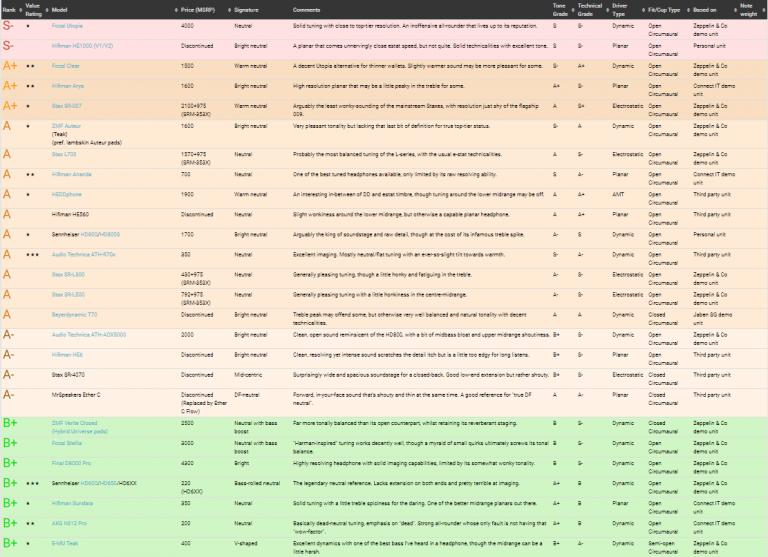
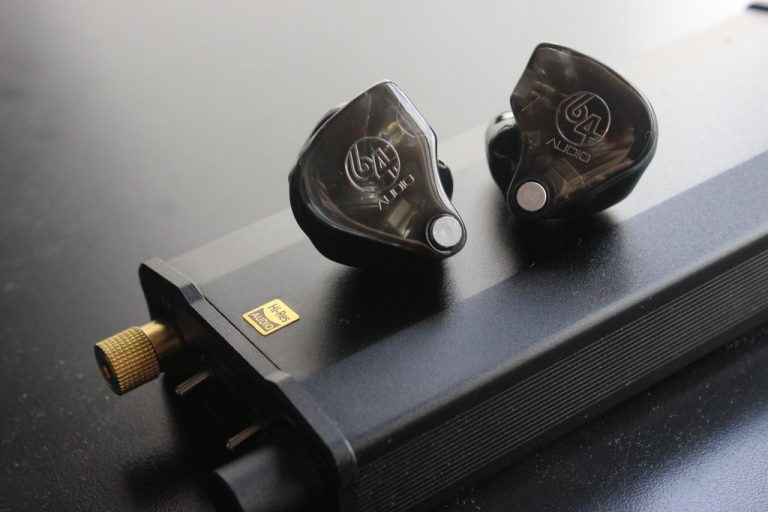


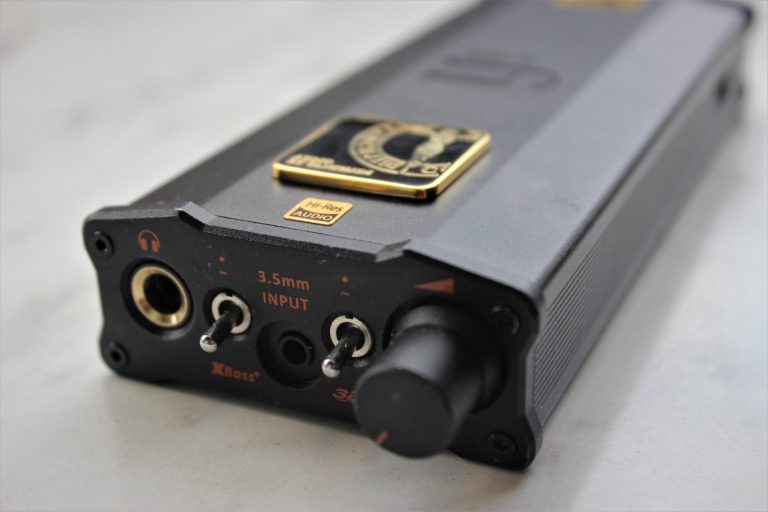



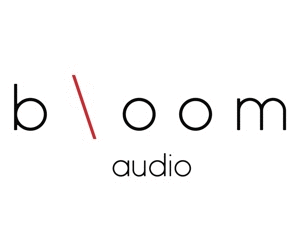
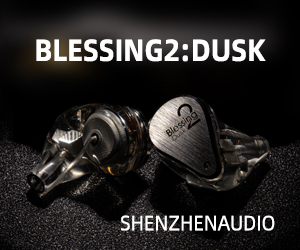
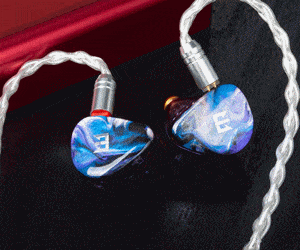

5 thoughts on “64 Audio Nio Review: The Real N8”
Crin, what’s your take on Nio vs XBA-N3 in terms of bass quality (technicalities)?
I would really appreciate a reply; despite not being a fan of most DD woofer + BA everything else hybrid integrations due to not sounding coherent enough to my ears and/or due to trying to be too technical (BA-like) in the lows and/or due to a tuning that’s not natural enough in the upper mids and highs, I am surprised to say that I really, really like my Sony XBA-N3 because of its relatively neutral midrange, well-made upper treble lift, impactful bass elevation, decent soundstage expansion to all sides, coherency and dynamic driver bass slam that blends in really well with the rest, which is why I am really interested in a (short, at least, as that’s better than no reply at all) reply from your side as the Nio has my attention but I’d hesitate to spend that much cash on a hybrid in-ear.
Bass quality between the N3 and N8 is rather similar overall. Reducing the bass quantity does help with the bloom issue (whether by EQ or with the mX module) so the N8 comes out a little cleaner in the end.
Hello,
How would you compare Nio with MX module to the u12t?
I tested Nio and while I though m15 and m20 is nothing special for me, nio with mx is amazing sounding pair of headphones, especially for acoustic music, piano solo pieces. Piano sounds very real and engaging. Unfortunately I don’t have a possibility to test u12t, which based on the opinion could be even better for acoustic music, but it’s too expensive to buy it blind..
Also if u12t would be significantly brighter than nio mx then it would be a dealbreaker, because Nio with mx module is the maximum in terms of brightness that I think I can take.
So I’m debating which one to buy, I would appreciate any comments from you.
Thanks,
Hey Crin,
You may be the only reviewer I trust so I’m hoping you will see this and respond.
I’m looking to upgrade my IEMs to one of the 64 Audio models and have narrowed it down to either the the Nio or U12T. I was considering the U18S for a minute but I ruled it for cost reason and if I could afford it I would (should) go for the Odins instead. For reference my current IEMs are the Moondrop Variations.
I want something fun that has good base and still presents miss and highs well and feels natural like you were hearing the music live. I appreciate bass though, but I’m not a basshead. I listen to a lot of different genres of music. I’m hoping one of these is the kind of IEM where you just fall into the music and handles whatever you throw at it without being boring.
If you could only pick one with those considerations, what would you pick? How do the two models compare? Or is one at least closer to what I’m looking for?
Regretfully I don’t have anywhere within a 100 miles of me where I could go try them so I have to order them blind. Any help or insight you can share will be greatly appreciated.